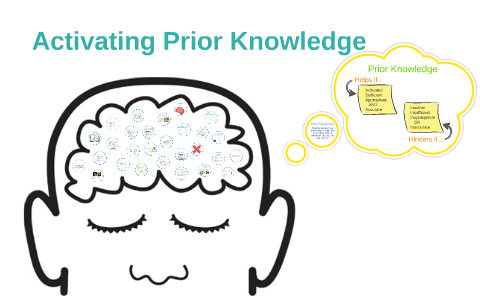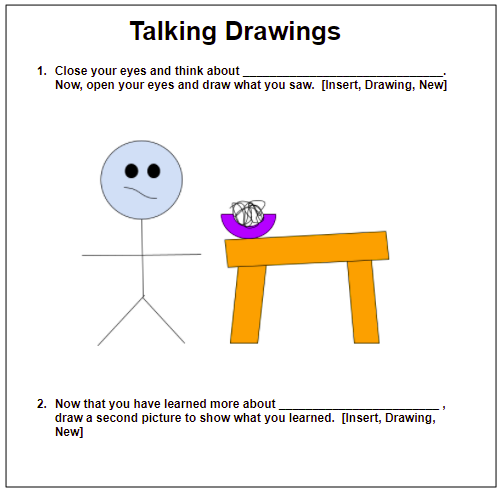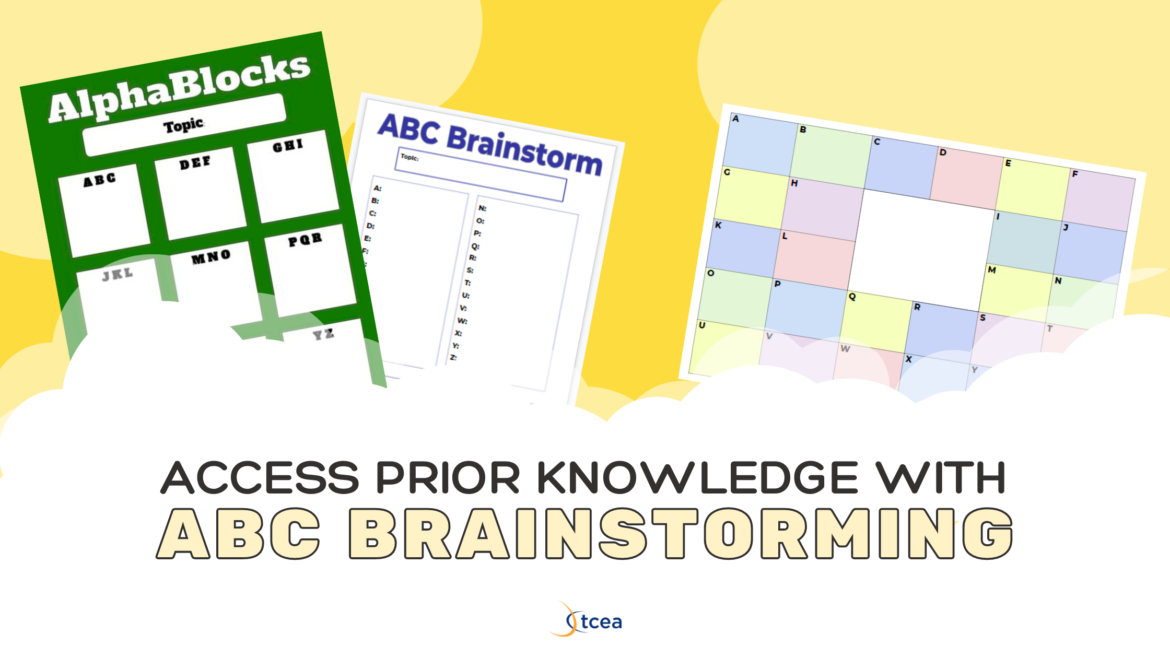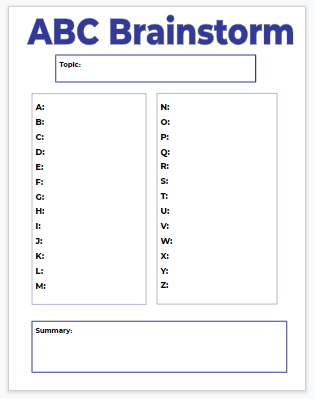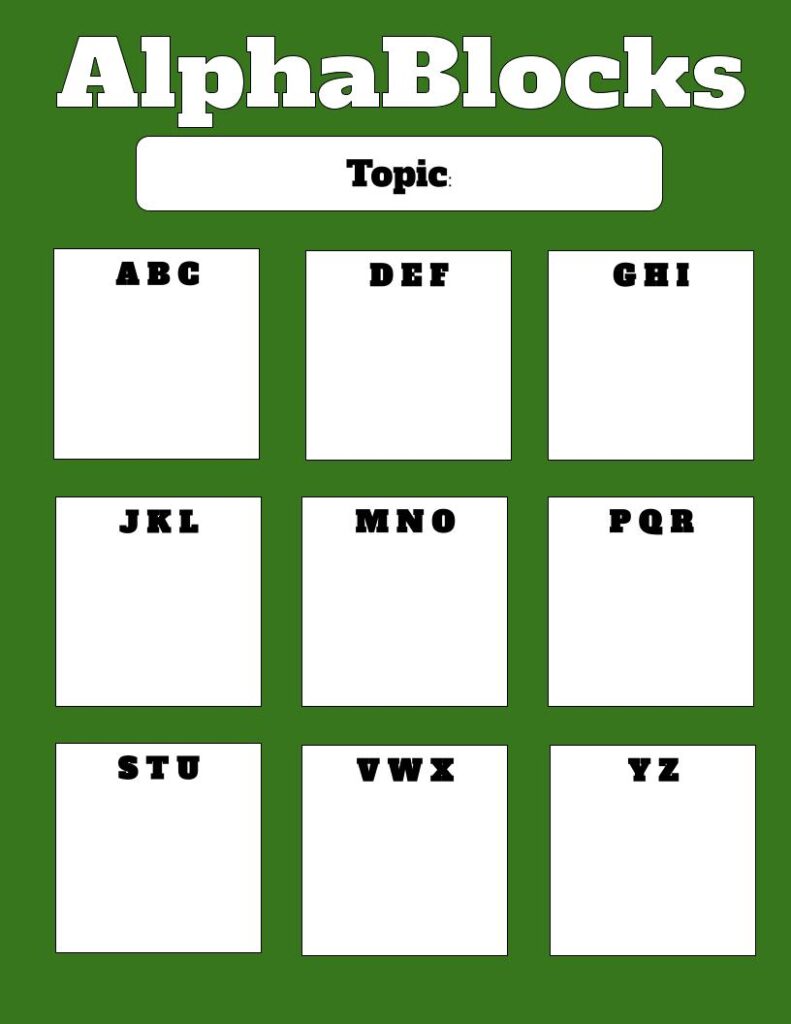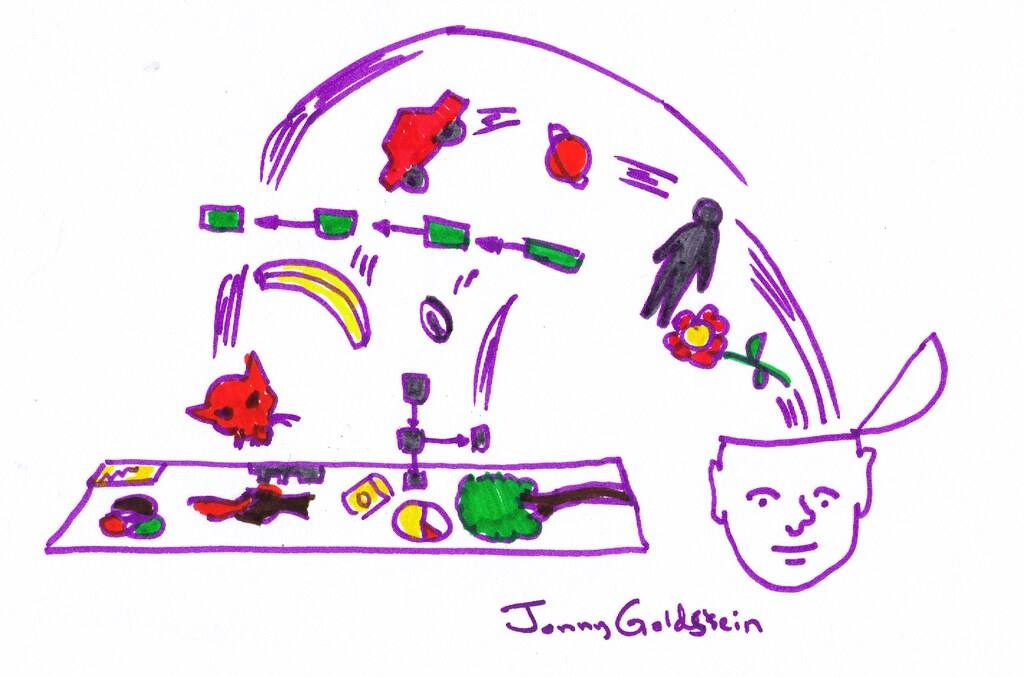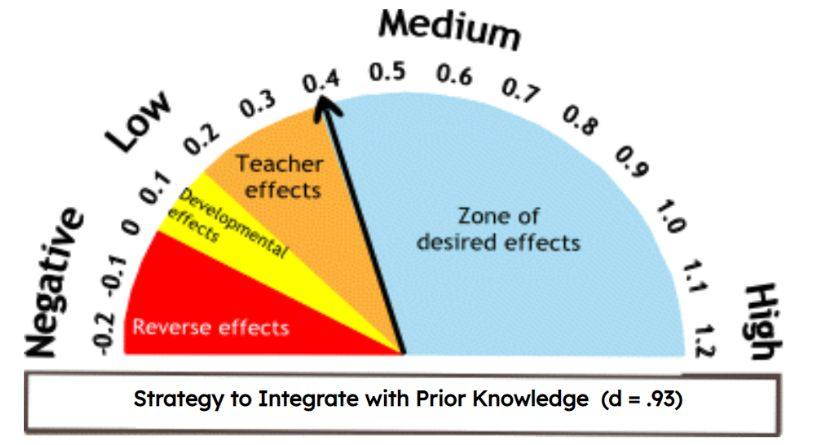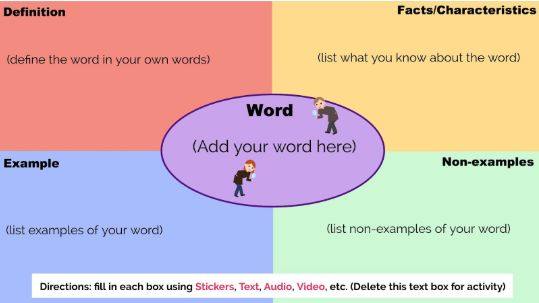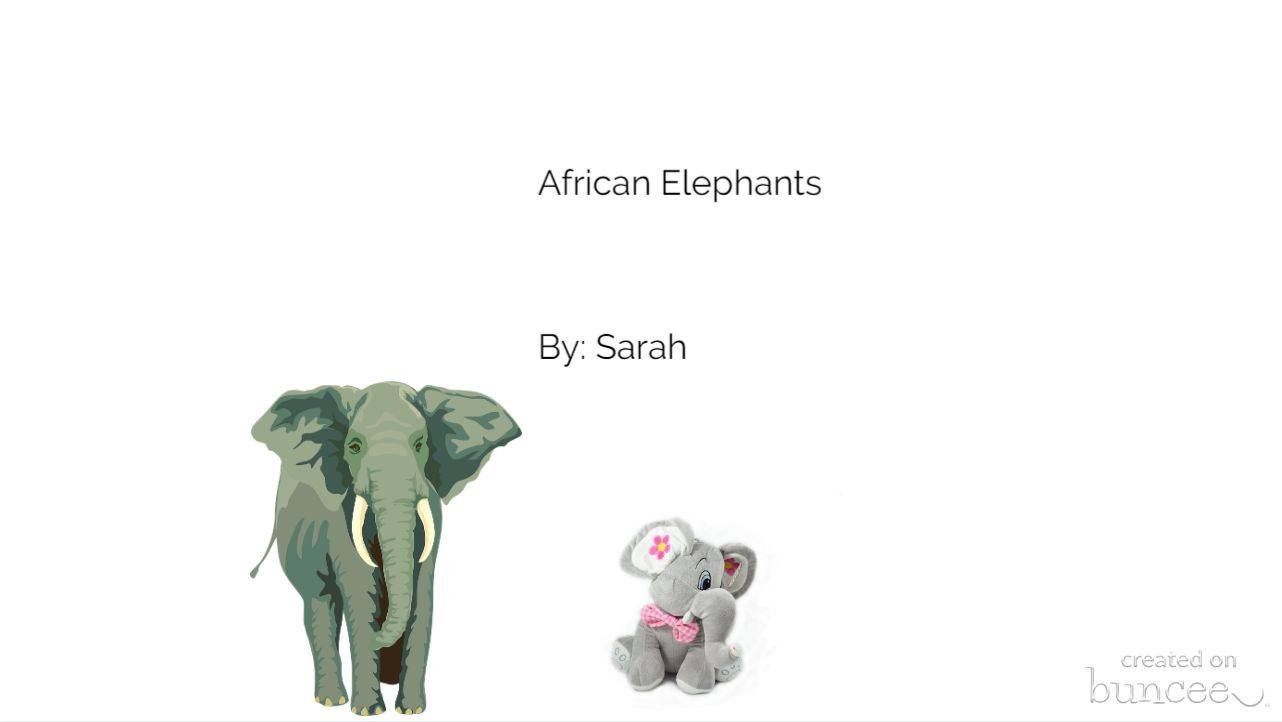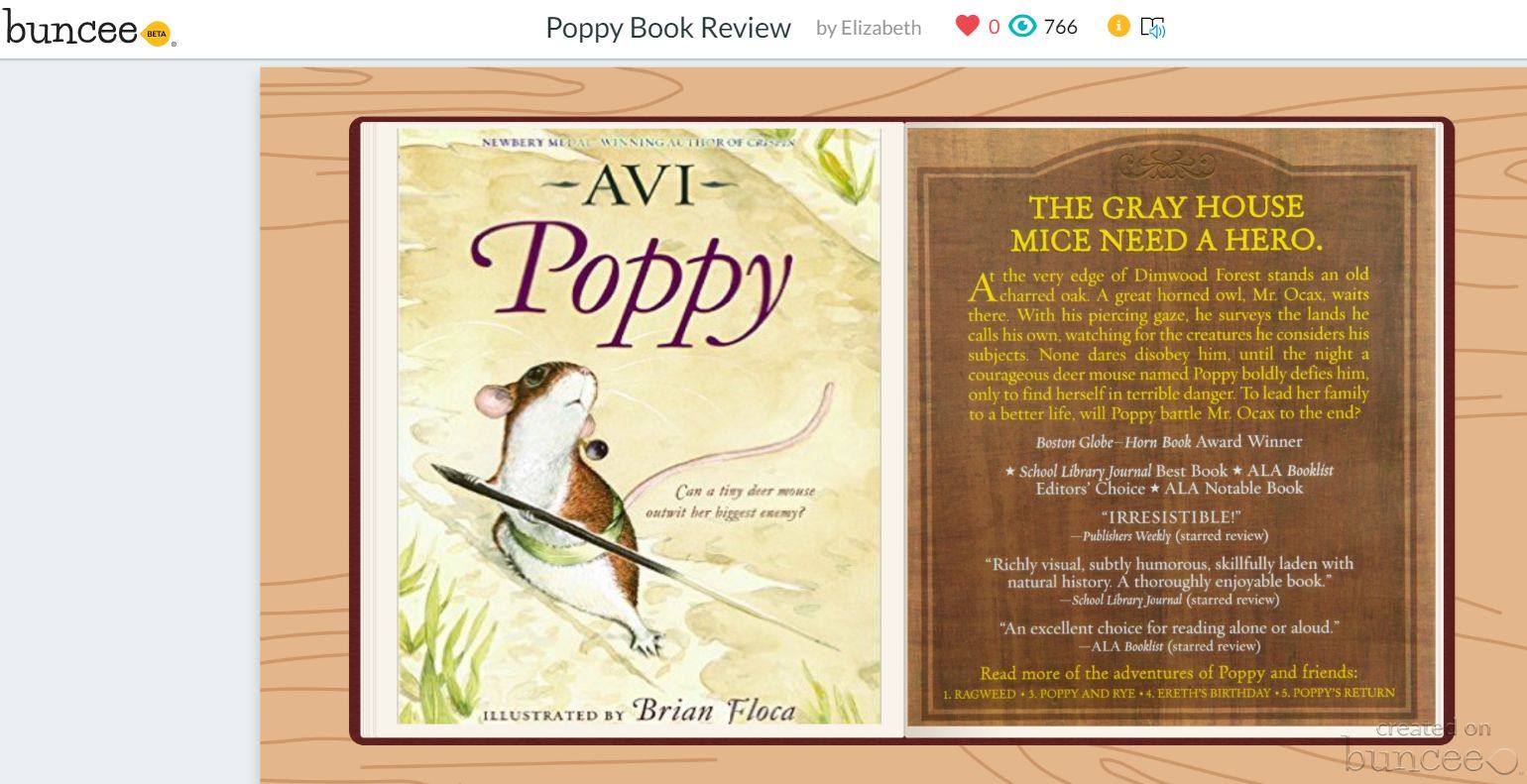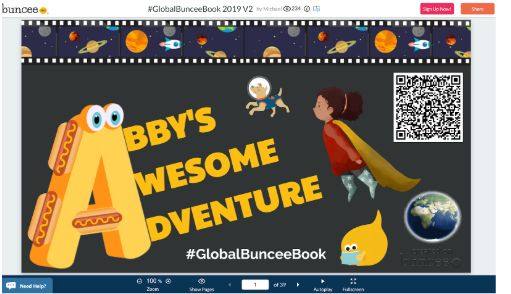Working memory is the mental process that allows us to hold information in our minds while performing with it. It is a type of short-term memory that stores information temporarily. Our memory provides us with the information we need to understand and navigate our world, and it has an effect on every aspect of our lives.
What Is Working Memory?
We use our memory daily to complete tasks. Below are some examples of how we engage working memory in our day-to-day lives:
- Trying to multiply 53 and 47 together without being able to use a pen and paper or a calculator.
- Keeping a person’s address in mind while being given directions.
- Remembering a new telephone number or web address while trying to write it down or using it somehow.
- Remembering the name of a person who has just been introduced to you long enough to introduce them to someone else.
- Calculating the total bill of your groceries as you are shopping.
How Does Working Memory Affect Learning?
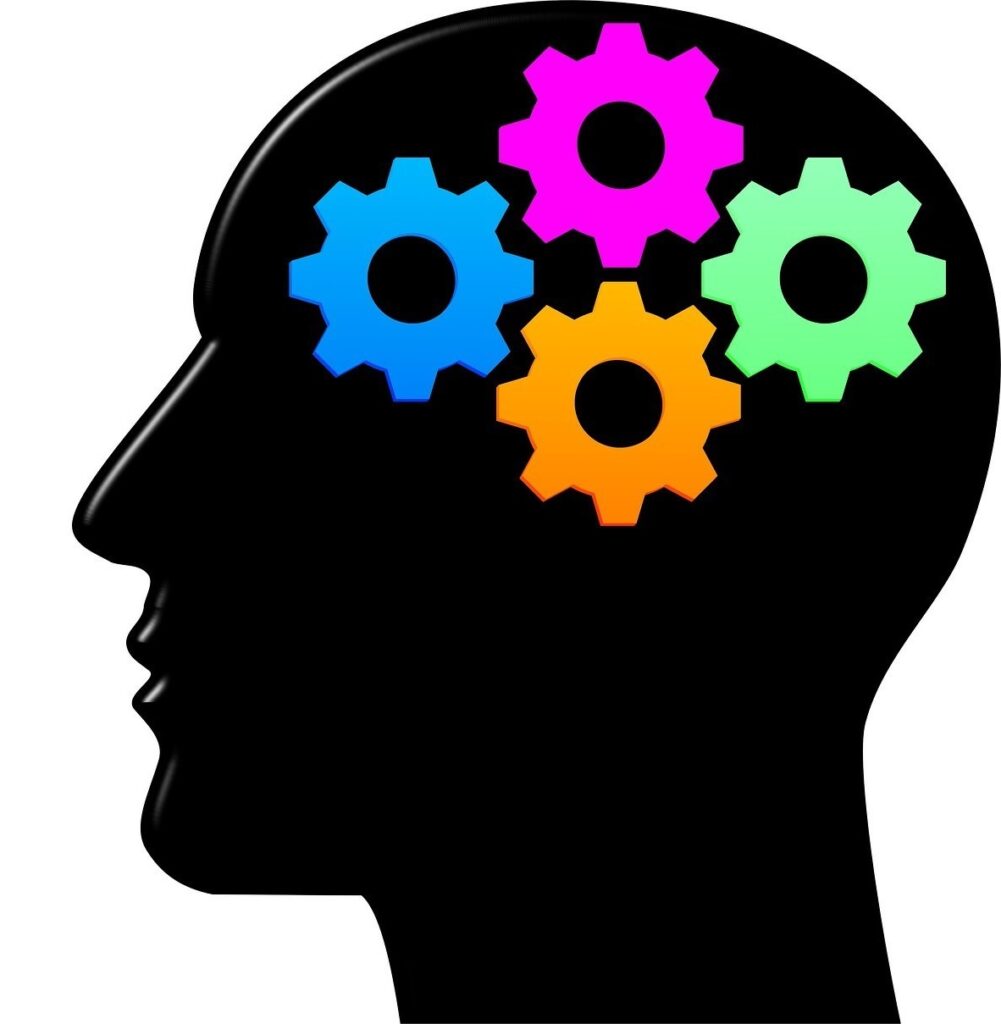
Working memory can support students’ ability to retain and express new learning, focus on a singular task, and react to different circumstances appropriately. In many cases, students who struggle with their memory must find a balance between their memory capacity and the demands placed upon them. They must utilize methods to support their working memory.
Students who have trouble registering information in short-term memory often have difficulty remembering instructions or directions they have just been given. They may not remember classroom discussions or information they just read. Students with working memory deficits often forget what they are doing while doing it.
Ways to Support Students
There are several ways you can support students that have working memory difficulties. Let’s take a look at a few ideas.
Decrease Memory Load
- Break tasks into smaller chunks or give them one task at a time.
- Give directions in multiple formats. Directions can be given both verbally and in writing.
- Reduce the amount of material the student is expected to complete.
- Develop routines, such as procedures for turning in completed work.
- Be concise and brief when presenting new material and giving instructions.
- Provide information in multiple ways (digital, paper, recorded, etc.).
Review Information
- Repeat information multiple times for students.
- Provide students with the opportunity to repeat a task.
- Use visual reminders for tasks that need to be completed.
Utilize Graphic Organizers
- When teaching new concepts, use graphic organizers. If students can picture how ideas are interconnected, it will help them tremendously.
- Activate prior knowledge with advanced organizers, such as a KWL chart. This will help students focus on what is to be learned.
Key Points
Working memory is the system that allows us to store and utilize information over a short period of time, and it has limited capacity. As educators, we must be cognizant of the demands we are placing on students’ working memory and design lessons in such a way to support all students. Check out more ways to activate students’ prior knowledge. What strategies are you using to support student working memory? Share them in the comments!


